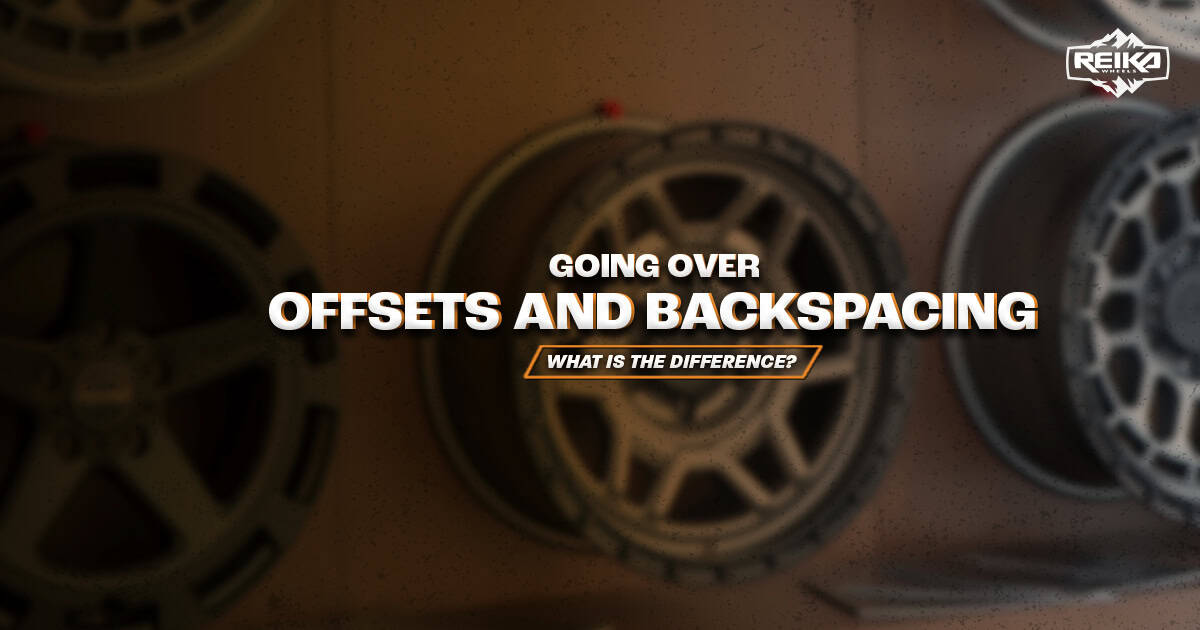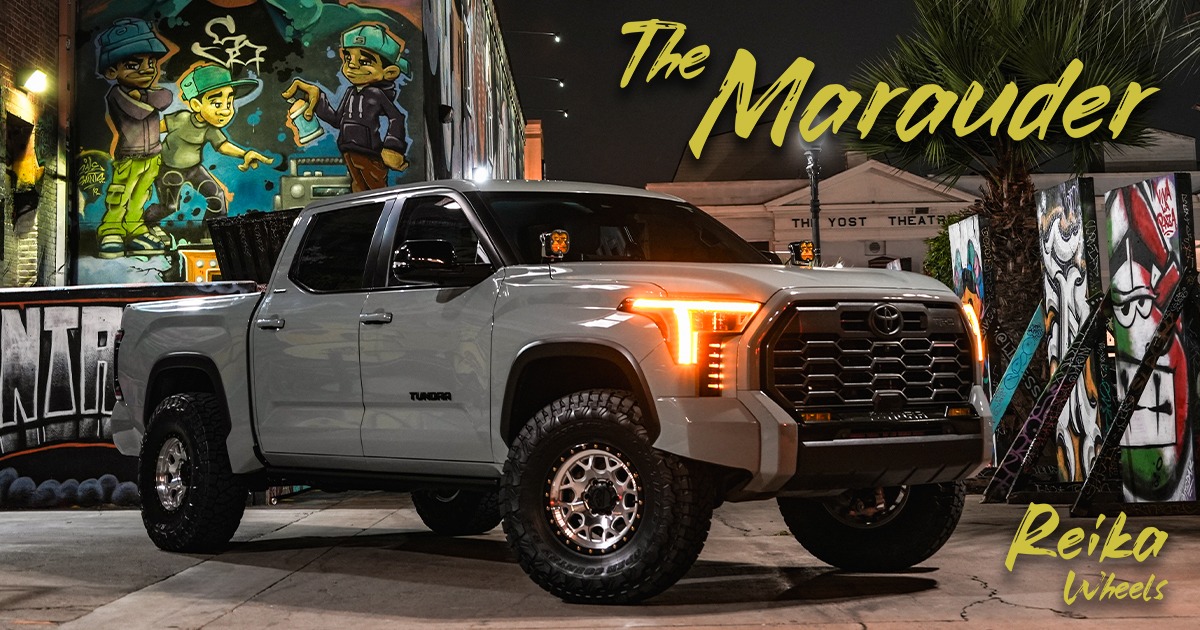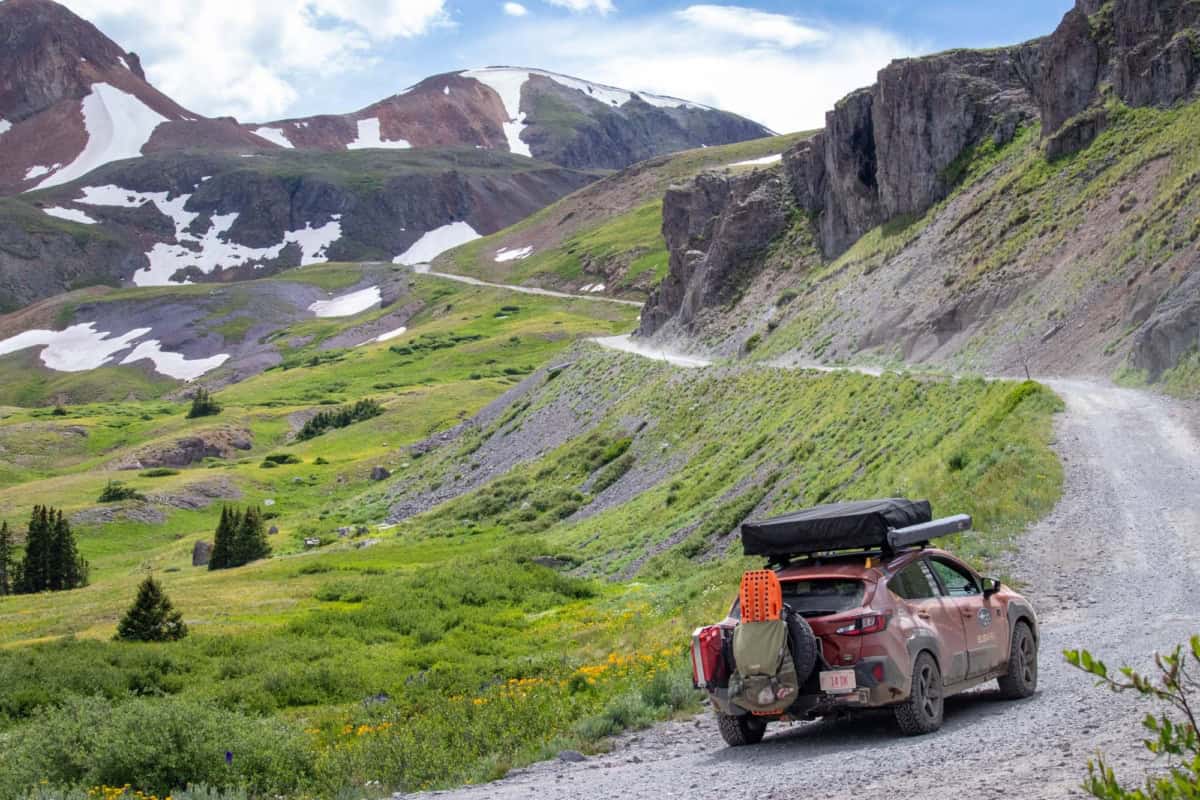Off-roading demands performance, plain and simple. Whether you’re traveling through the desert or forest landscapes, every part of your setup matters. Tires and suspension usually get top importance. However, there are two often-overlooked specs that can make or break your ride: wheel offset and backspacing.
These two factors play a big role in how your vehicle handles, what tires you can run, and how it performs in your travels.
What Is Wheel Offset?
Offset is all about where your wheel sits in relation to your hub. More specifically, it’s the distance between the wheel’s mounting surface which is where it bolts up, and the centerline of the wheel itself.
Offset comes in three main types: positive, negative, and zero.
Positive offset means the mounting surface is toward the front of the wheel, tucking it closer to your suspension.
Negative offset places the mounting surface closer to the back of the wheel, pushing the wheel outward and giving your rig a wider stance.
Zero offset means the mounting surface sits exactly at the wheel’s centerline.
In the off-road world, having a negative offset is a big deal. It pushes the wheels outward, which creates more room for larger tires and gives your vehicle an aggressive stance which are both ideal for tackling the off-road terrain. However, going too far with a negative offset can put stress on your suspension and affects the fender. So it is important to find the right balance.
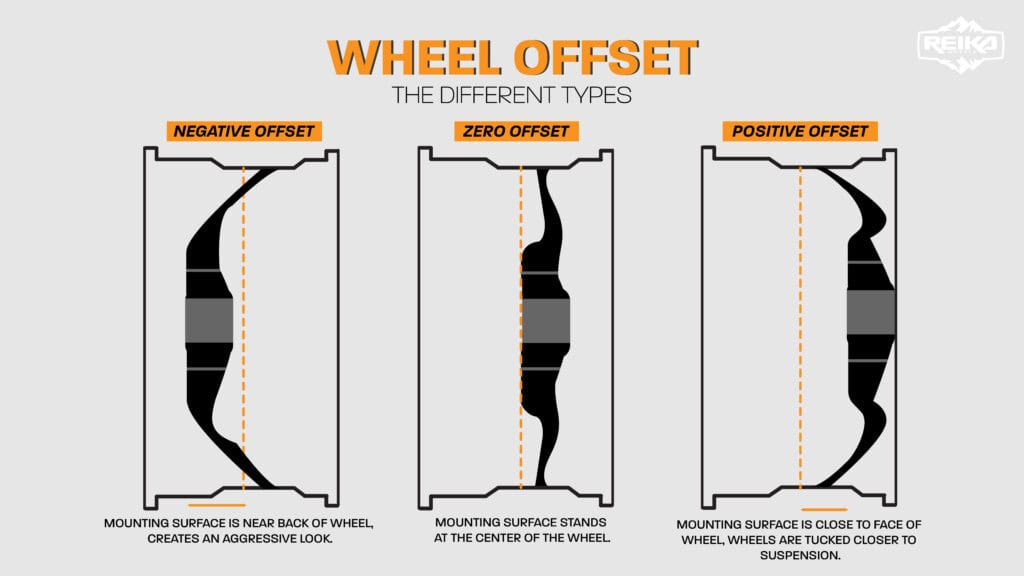
What Is Wheel Backspacing?
A wheel’s backspacing is measured from the back edge of the wheel to the mounting surface. It determines how far the wheel tucks inward toward your suspension and brake components. More backspacing means the wheel sits farther in, and less backspacing means the wheel sticks out more.
For off-road use, having enough clearance is key. A wheel with less backspacing pushes out more which helps prevent rubbing issues. If you’ve ever upgraded to bigger tires and noticed your tire rubbing during a full turn, that’s likely a backspacing issue.
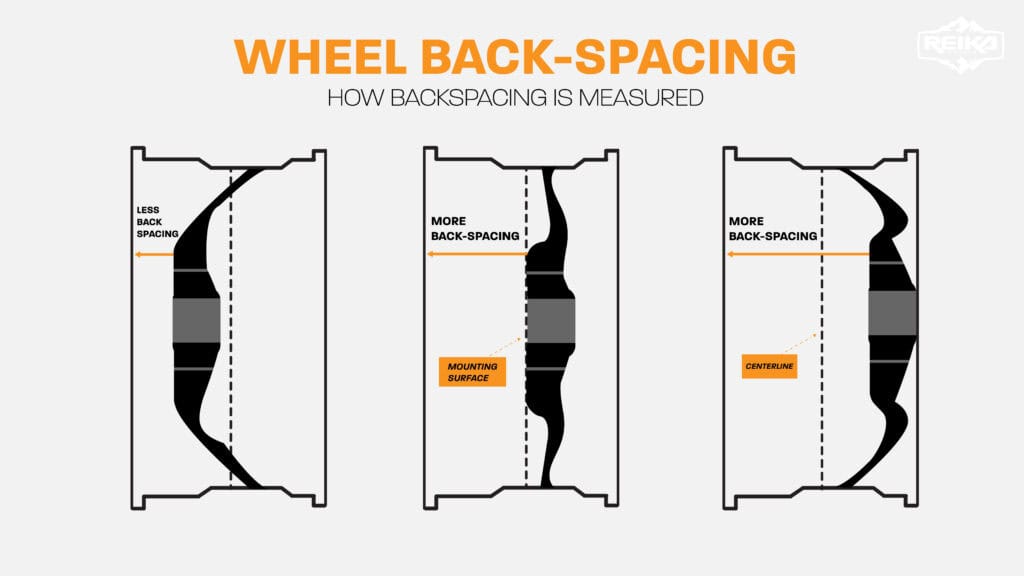
Offset vs. Backspacing: What’s the Difference?
Offset and backspacing may seem like very similar terms at first glance as they both affect how your wheels and tires sit but they actually differ in terms of how they are measured. Offset is the distance from the wheel’s mounting surface to its centerline. Backspacing is the distance from the mounting surface to the back edge of the wheel. They are essentially directly related as changing one alters the other, and vice versa. It is important to know both measurements when finding your ideal wheel fitment, especially for off-road builds.
Choosing the Right Setup
The right offset and backspacing for your rig depends on your vehicle platform, suspension setup, and overall look that you’re aiming for.
Rock crawlers typically benefit from a negative offset and lower backspacing, which makes room for big tires. If you’re hitting mud pits or going across sand dunes, you might also want a negative offset with less backspacing, not excessively sticking out but just enough for stability and increased traction without stressing your components.
Overlanders and trail rigs may prefer a slight negative or zero offset for a stable ride with decent clearance.
If you’re lifting your rig or upgrading to larger tires, make sure your wheels match the new fitment. A mismatched setup can lead to rubbing, poor handling, or even wear on suspension parts. Taking the time to get these specs right can save you a lot of headaches and expenses down the line.
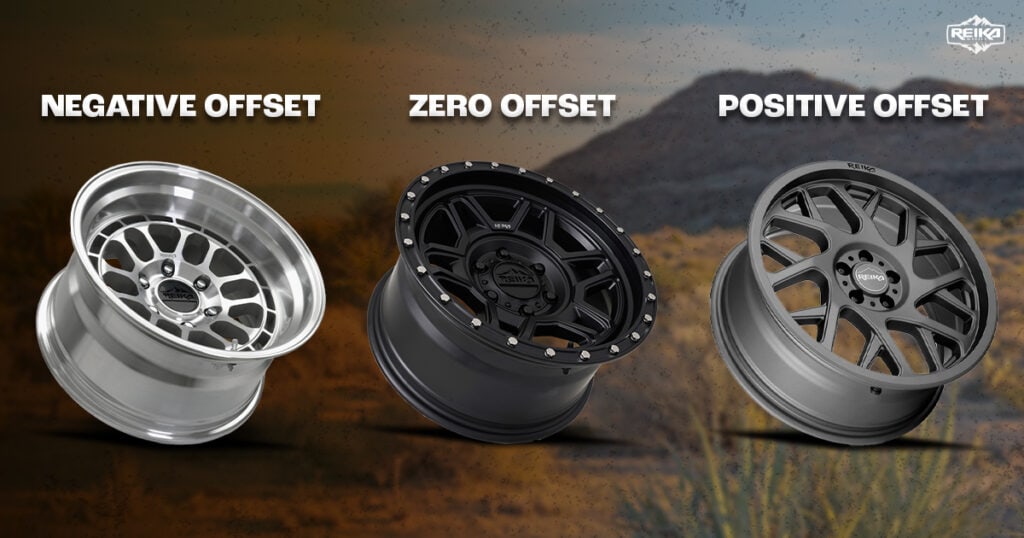
Be Wary of Backspacing Mistakes
Offset and backspacing seem similar so they can easily get overlooked or misunderstood. One of the most common mistakes is going too aggressive with negative offset. Sure, it looks cool and widens your stance, but it can strain your wheel bearings.
Another issue is ignoring backspacing when upgrading tires.
Just because the tires fit the wheel doesn’t mean they’ll clear your suspension. Without the right backspacing, you’ll end up with rubbing issues that could be avoided. Setups also must match the suspension system. Not all fitments will match each build, a fitment that works for one build can be completely incompatible with another so be sure to calculate backspacing and offset with components.
The Importance of Both
Offset and backspacing are key factors to consider when building your off-road rig. The right setup improves clearance, prevents rubbing, supports your suspension, and gives your build the kind of confidence you need when the trail gets unpredictable.
Our wheels here at REIKA offer verified fitment for most of today’s trucks, vans, and CUVs, with strong, lightweight construction matching the intensity of the off-road. They’re designed with the off road in mind, supporting those larger tires and aggressive suspension setups without sacrificing performance.
Need help figuring out the right specs? Feel free to contact us regarding any questions on fitment and vehicle compatibility. With so many calculations and measurements to take into account, our goal is to make the vehicle fitment process as seamless as it can possibly be.
Frequently Asked Questions
What’s the best offset for off-road wheels?
There’s no singular answer, but a negative offset is usually ideal for off-road builds. It pushes your wheels outward, improving stability and tire clearance. Just avoid going too extreme.
How does backspacing affect tire fitment?
Backspacing impacts how far inward your wheels and tires sit. Less backspacing means more outward poke, which helps prevent clearance with suspension parts when you run larger tires.
Can I run stock wheels with bigger tires?
Sometimes, but it depends on your vehicle and how big you’re going with tires. Stock wheels often have higher backspacing and positive offset, which can limit tire clearance. You may need aftermarket wheels to make it work.
How do I measure wheel offset and backspacing?
Offset is measured from the wheel’s centerline to the mounting surface. Backspacing is measured from the back edge of the wheel to the mounting surface.
Why does it matter for off-roading?
The right offset and backspacing ensure your tires clear, improve stability, and keep your suspension running smoothly. It’s all about getting the most out of your build when you’re out on the trail.

